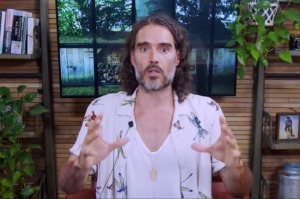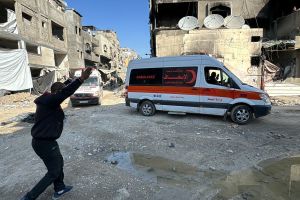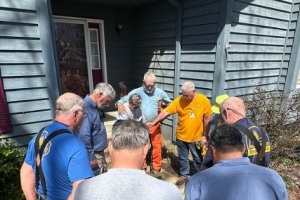Donkeys Come Wi-Fi Equipped at Tourist Attraction in Israel
A tourist attraction in lower Galilee that seeks to recreate daily life as it was in ancient Israel recently got a technological upgrade when it began putting Wi-Fi hotspots around the necks of donkeys so tourists can have access to the Internet.
"We're the only place in the world that will give the opportunity to surf the Internet when riding a donkey," Menachem Goldberg of Kfar Kedem told The Christian Post from Israel on Thursday.
The Kfar Kedem park is located in the hills of Galilee in view of the city of Nazareth, and offers tourists the opportunity to wear the same clothes, make the same foods and ride the same animals as did those who lived in ancient times.
According to the attraction's website, "Kfar Kedem creates a holistic experience using all your senses ... connecting these tangible experiences with the values and spirit of the ages from the time of the Bible and the Mishnah, that are still part of our lives today."
Now, because the experience also includes an Internet connection, tourists can also share the experience with their friends and family at home.
If someone "wants to change his profile on Facebook, for example, in the middle of the riding, now we give the opportunity to do it," explained Goldberg.
Kfar Kedem currently has about 30 donkeys, although only a few are equipped with wireless routers. Goldberg says one wireless router is enough to serve between five and seven people with Internet access.
At its busiest, the park can host about 1,000 tourists per day. In addition to donkey rides, visitors can also learn ancient techniques for spinning wool, milking goats, making bread, pressing olives and making wine.
"I would ask more people to come and have the experience, because we believe that if you are doing something in your hands, you wouldn't forget it in your life," said Goldberg.
After serving in the Israel Defense Forces, Goldberg studied to become a licensed tour guide and traveled around the world, the website for Kfar Kedem explains. He later returned to Israel, got married, and settled with his family in Hoshaya, a community of Orthodox Jewish families, where the park is located today.





























